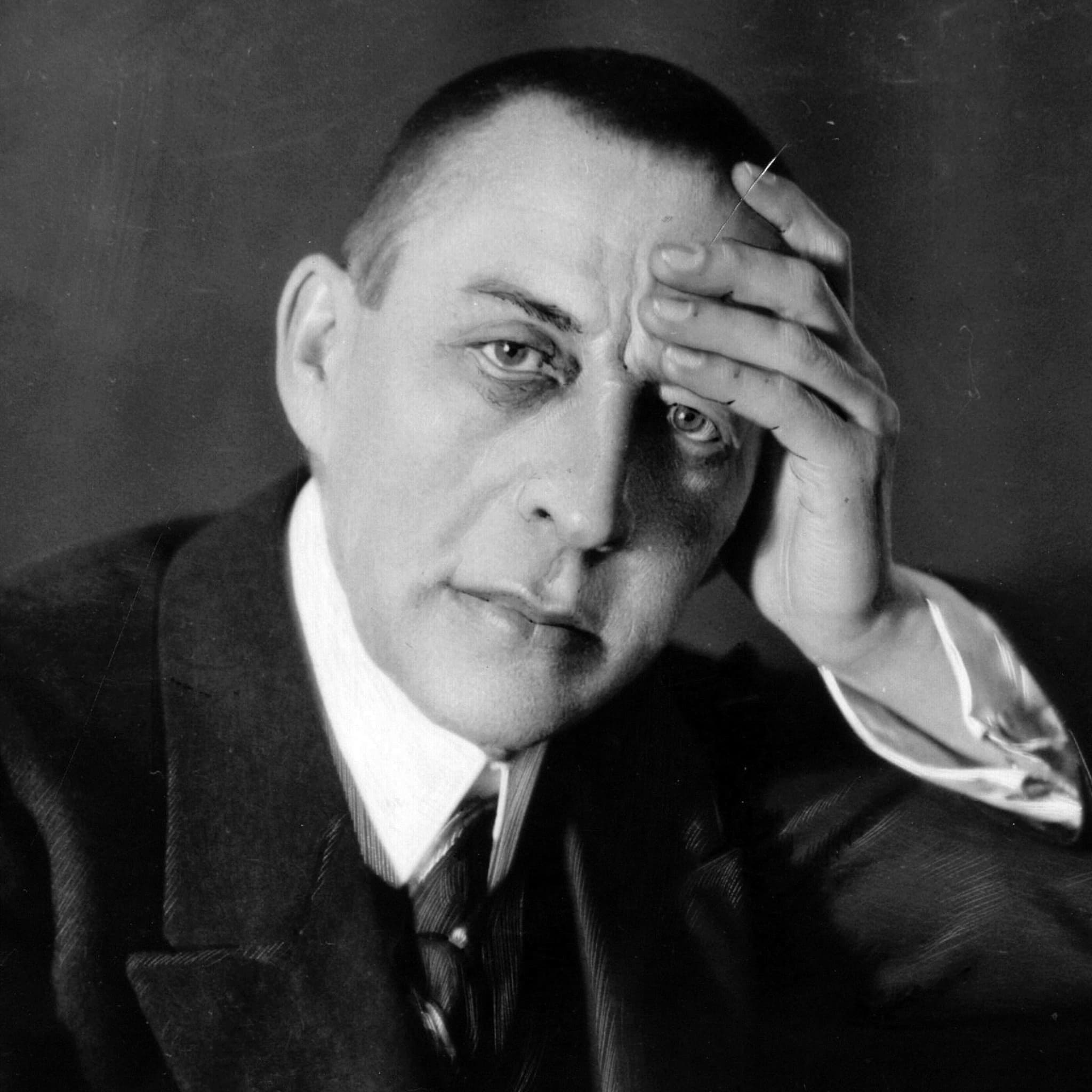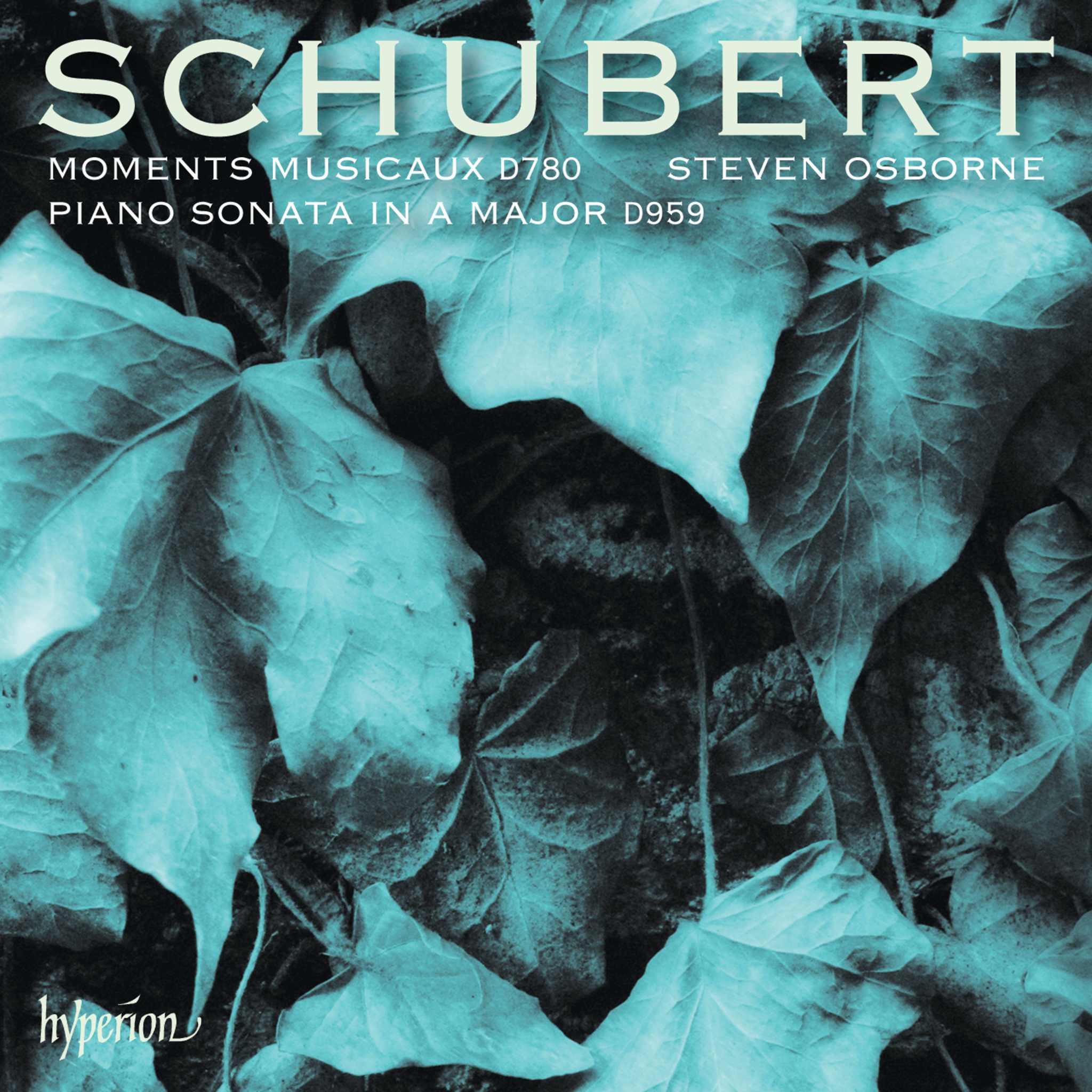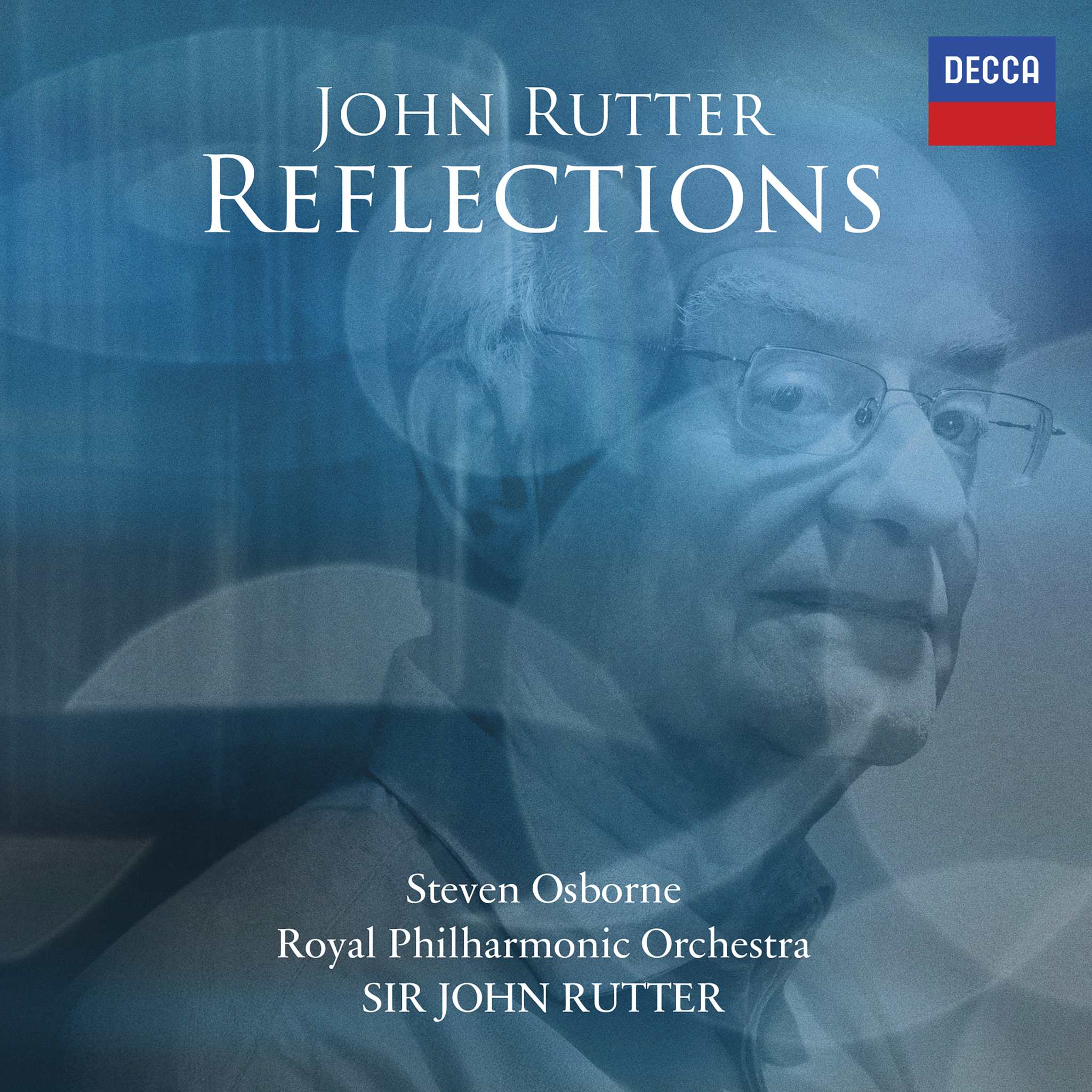Album insights
Gustav Mahler, eine Persönlichkeit voller Widersprüche, widmete sich in seiner kompositorischen Reifezeit verschiedenen musikalischen Gattungen wie Liedern und Sinfonien, die schließlich im "Lied von der Erde" zusammenflossen. Seine Kompositionen zeichneten sich durch gegenseitige Einflussnahme und beachtliche Kreativität aus.
Die Aufnahme beinhaltet Mahlers Frühe Lieder bis 1890, die in Verbindung mit größeren Werken standen und ein komplexes Netz von Querverweisen bildeten. In den 1870er Jahren entstanden seine ersten Lieder, von denen nicht alle erhalten geblieben sind. Später beschäftigte er sich mit wichtigen Projekten wie "Das klagende Lied" und der Oper "Rübezahl".
"Im Lenz" zeigt eine musikalische Transformation, während "Winterlied" und "Maitanz im Grünen" unterschiedliche Stilrichtungen aufweisen. "Hans und Grete", ein bedeutsames Stück in Mahlers Œuvre, verdeutlicht seine Vorliebe für den Ländler, die später auch in seiner ersten Sinfonie sichtbar wurde.
Aus einer neuen Liebesbeziehung entstand Mahlers Liedzyklus "Lieder eines fahrenden Gesellen", der eine geistige Reise darstellt. Die zwischen 1892 und 1896 entstandenen Lieder und Gesänge demonstrieren Mahlers Können in der Miniaturkomposition.
Mit künstlerischem Geschick vertonte Mahler Gedichte aus "Des Knaben Wunderhorn", wobei einige Lieder volkstümliche Elemente enthielten. Die Wunderhorn-Vertonungen zeigten beeindruckende musikalische Vielseitigkeit und wurden teilweise für Orchester adaptiert.
1896 betrachtete Mahler seine frühen Werke rückblickend und unterstrich das künstlerische Können, das notwendig ist, um große Musik in kleinen Formen zu schaffen. Seine Lieder der 1880er Jahre verdeutlichen, wie er die Kunst der Miniaturmusik zur Vollendung brachte.






